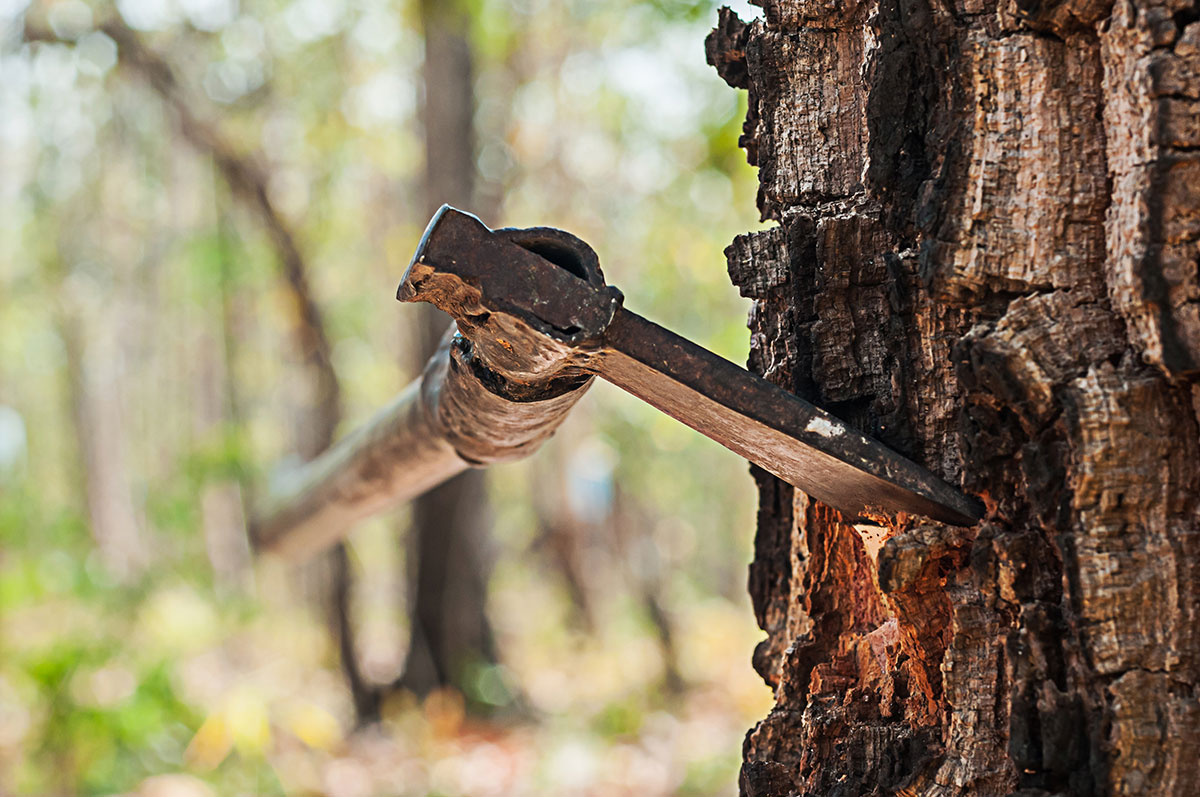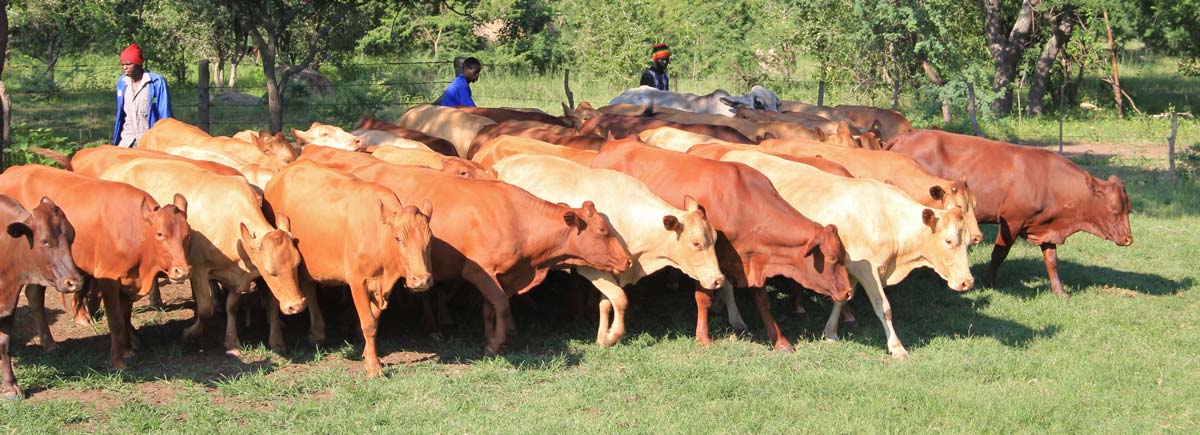Curbing deforestation to preserve our indigenous trees

Zimbabwe has a long and proud history of exporting tobacco and as nearly all of the national crop is exported annually, it remains a key contributor to our GDP. It is the flagship of our agricultural sector. It remains a significant contributor to the economy both in terms of generating export income and also for its role on our local economy, stimulating downstream economic activity for industry and adding to formal employment levels.
In Zimbabwe, Sustainable Tobacco Program (STP) and Environmental, Social and Governance (ESG) issues covering deforestation, including the move away from coal, need a full industry approach from all sectors of the industry, including but not limited to, farmer representative bodies, along with the Tobacco Industry and Marketing Board (TIMB) and the parent ministry. Multinational tobacco buying companies are closely watching our levels of sustainability with present and future investment and participation being dependent on our positive progress on addressing this and other issues.
Environmental criteria in ESG include, among others, natural resource conservation, water pollution, siltation, erosion and energy use. The use of energy for curing tobacco is demanding and this is mainly sourced from electricity, coal and firewood. Deforestation remains a challenge where there is no other available energy source such as electricity or coal. This is when the commercial, short-term value of wood overrides the many immeasurable benefits of a living tree.
A Forestry Commission of Zimbabwe (FCZ) report done in 2022 lists tobacco curing as a major driver contributing towards deforestation. Deforestation is a complex issue with many drivers contributing to its ongoing occurrence, but agricultural practices here in Zimbabwe, are listed as one of its major direct ones.
Private and public sector afforestation initiatives
There have been efforts made to encourage tobacco farmers to implement reforestation programmes over the years, promoted by the Sustainable Afforestation Association (SAA), TIMB, Kutsaga Research Board, the Environmental Management Agency (EMA) and FCZ. In 2021, the FCZ launched the Tobacco Wood Energy Programme (TWEP).
The Sustainable Afforestation Association (SAA) is a tobacco merchant initiative to grow trees for tobacco-curing fuel with the same founding members who are still actively involved. All TLEAZ members are active members of SAA and contribute 1.5% of the value of all tobacco purchased from growers.
Approximately 85 per cent of tobacco growers in Zimbabwe are smallholders who utilise less than two hectares of land for growing the crop. This group of growers relies almost entirely on fuel wood for curing the tobacco, resulting in extensive deforestation, making growing of this crop unsustainable, according to a report from the FCZ.
Since 2015, it has been mandatory for all tobacco producers in Zimbabwe to pay a levy, deducted from their tobacco sales (currently set at 0.75%), for reforestation. It is important to note that the FCZ is not involved in the collection process of the levy from tobacco sales. This is done at the auction floors by Tobacco Industry and Marketing Board (TIMB), who subsequently channel it to ZIMRA under the Ministry of Finance. The FCZ accesses it to finance afforestation and reforestation activities as the Afforestation Fund, from the Ministry of Finance, through the Ministry of Environment, Climate, Tourism and Hospitality Industry.
Tobacco Wood Energy Programme
The money received by the FCZ has been used in the establishment of tree seedling-producing nurseries, the establishment of firewood plantations, awareness raising on the TWEP and the procurement of related equipment and materials, among other things.
Tobacco production is a commercial activity whose inputs must necessarily be from commercial sources. However, currently, the bulk of smallholder tobacco growers “illegally” obtain firewood for curing their commercial crop from a communally “owned” resource base, to the disadvantage of local communities who are legitimately subsistence users of the resource. The FCZ approach is to empower the tobacco grower with the means of production of sustainable energy for tobacco curing. Tobacco growers need to appreciate the importance of tobacco curing energy as an essential component in the tobacco production process. Much as they plan and budget for all other tobacco product-producing nurseries, the establishment of firewood plantations, awareness raising on the TWEP and the procurement of related equipment and materials, among other things.
The FCZ, under the TWEP, has established central tree nurseries within the tobacco growing provinces (Mashonaland East, Mashonaland Central, Mashonaland West and Manicaland and a few districts in Midlands Province) to supply seedlings to all the tobacco farmers. The planted trees are intended to be sustainably harvested for use in tobacco curing to prevent reliance on slow-growing indigenous trees for this commercial venture. The programme’s main objective is to foster sound enhancement of developmental forestry, re-forestation and afforestation programmes in the country through various activities.
The FCZ through its Forestry Extension Unit (FES) is assisting farmers with the much-needed technical advice to ensure that the seedlings are well planted. The is to focus more on “tree growing” rather than just “tree planting” as it entails a long-term investment which requires proper management of the trees. It is envisaged that this intended empowerment of tobacco growers will result in sustainability in firewood energy for tobacco curing, especially if this is supported by energy efficient tobacco curing technologies.
According to the FCZ, Zimbabwe loses about 262,000 ha of forest annually and of this deforestation rate, about 20 per cent is associated with the tobacco production value chain.
This has serious implications for both the tobacco industry and the environment at large. Most tobacco growing areas are conspicuous for the forest degradation through land clearing for tobacco farming as well as excessive use of indigenous tree firewood for tobacco curing.
Under this Programme, all tobacco growers are entitled to receive, at no cost, tree seedlings from the FCZ provincial offices.



